Introduction to Your Pet’s Skin and Coat Health
The health of your pet’s skin and coat is a significant aspect of their overall well-being. Just like in humans, the skin and hair of animals serve as a protective barrier against environmental hazards . However, it is more than just a physical shield. The condition of a pet’s skin and coat can also reflect their internal health status.

Changes in your pet’s skin or coat, such as excessive shedding, bald patches, flaking, or changes in colour or texture, can indicate underlying health problems, including allergies, hormonal imbalances, or nutritional deficiencies. Therefore, maintaining skin and coat health is not just about aesthetics, but also about ensuring your pet’s overall health and comfort.

Understanding the basics of skin and coat health can help pet owners spot potential problems early, leading to more effective treatments and improved quality of life for their pets.
Identifying a Healthy Skin and Coat in Pets
Your pet’s skin and coat are mirrors of their overall health. In general, a healthy coat should be shiny and smooth, not brittle or coarse, and healthy skin should be supple and clear, not greasy, flaky, or bumpy. While individual variance exists, RSPCA Australia recommends regular checks to identify any changes that might indicate health issues.
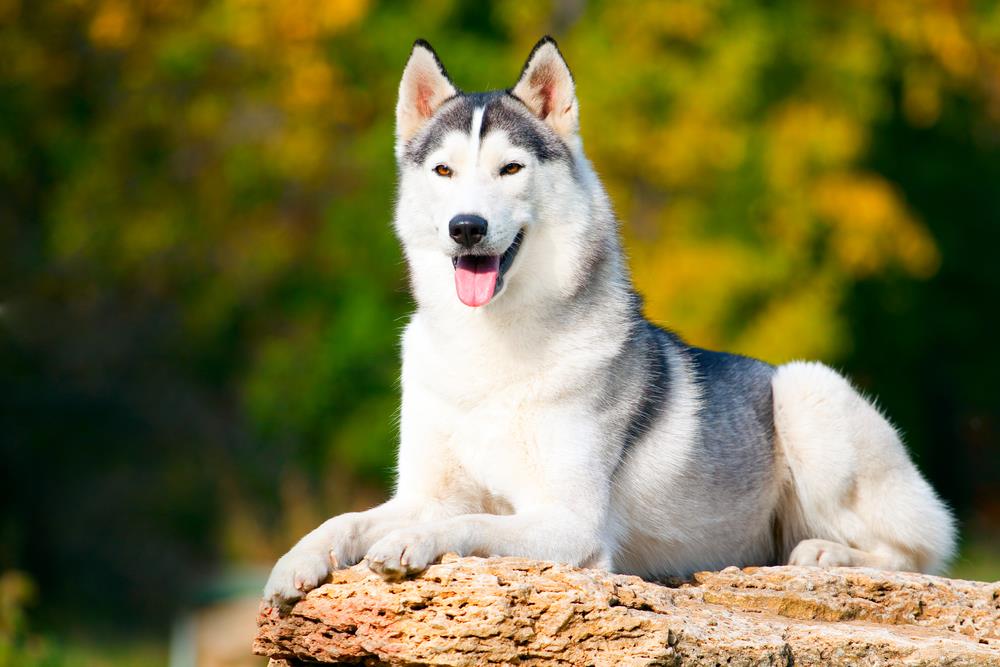
Factors Influencing Your Pet’s Skin and Coat Health
Several factors can affect your pet’s skin and coat health. Key among these are diet, grooming habits, and environment. A balanced diet is the cornerstone of skin and coat health, providing essential nutrients like proteins, fatty acids, and vitamins. Deficiencies in these nutrients can lead to dull coats and itchy skin.
Regular grooming promotes blood circulation, stimulating skin and hair follicle health. However, excessive grooming can cause skin irritation and coat damage. Finally, environmental factors like humidity and sun exposure can impact your pet’s skin and coat health.
Common Skin and Coat Problems in Pets
Some common issues your pet may face include dry skin, bald patches, and excessive shedding. These are not mere cosmetic issues; they often indicate underlying health problems.
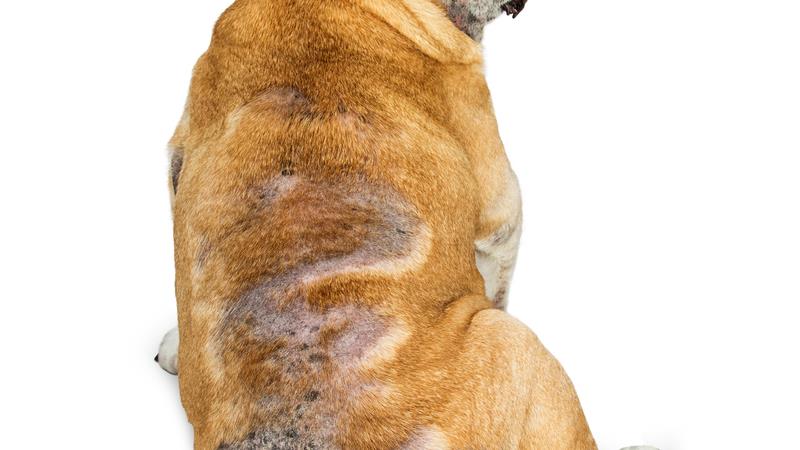
Dry skin, characterised by flaky patches and constant scratching, can be due to environmental factors, lack of essential fatty acids in their diet, or skin infections. Bald patches might be a sign of parasitic infestations like fleas or mites, allergic reactions, or hormonal imbalances. Excessive shedding beyond regular fur loss can be a symptom of stress, poor nutrition, or underlying diseases.
Potential Causes of These Issues
Environmental allergens, poor diet, and stress are common causes of skin and coat problems in pets. Other potential sources include parasitic infestations and hormonal imbalances. Be vigilant about your pet’s skin and coat health, as these can be early indicators of more serious health issues.
Regular grooming and a balanced diet can help prevent skin and coat issues. It’s crucial to consult with a veterinarian if you notice any changes in your pet’s skin or coat.
Identifying Health Issues Through Changes in Your Pet’s Skin and Coat
Changes in your pet’s skin and coat might not just be signs of ageing or seasonal changes, but they could also indicate underlying health issues. Note that dull, dry fur could signify nutritional deficiencies, while a sudden increase in shedding might be a result of stress or hormonal imbalance.
Symptoms to Look Out for in Your Pet’s Skin and Coat
Here are some specific skin and coat changes in your pet that could signal potential health problems:
- Unusual spots or lumps: This could be a sign of skin infections or, in rare cases, cancer.
- Dry and brittle hair: This might indicate dehydration or lack of essential nutrients.
- Excessive shedding or bald patches: These could be symptoms of stress, allergies, or endocrine diseases.
It’s crucial to remember that these changes might not necessarily mean your pet has a health issue. However, if you notice any of these symptoms, it’s always a good idea to consult with a veterinarian.
The Significance of Regular Grooming for Skin and Coat Health
Regular grooming is not merely about keeping your pet looking its best; it’s a crucial aspect of maintaining their overall health, particularly their skin and coat health. By grooming, you’re not only removing dead hair and preventing matting, but you’re also stimulating blood circulation, which enhances skin health and coat shine. The RSPCA also reports that it helps in early detection of any skin abnormalities or parasites.
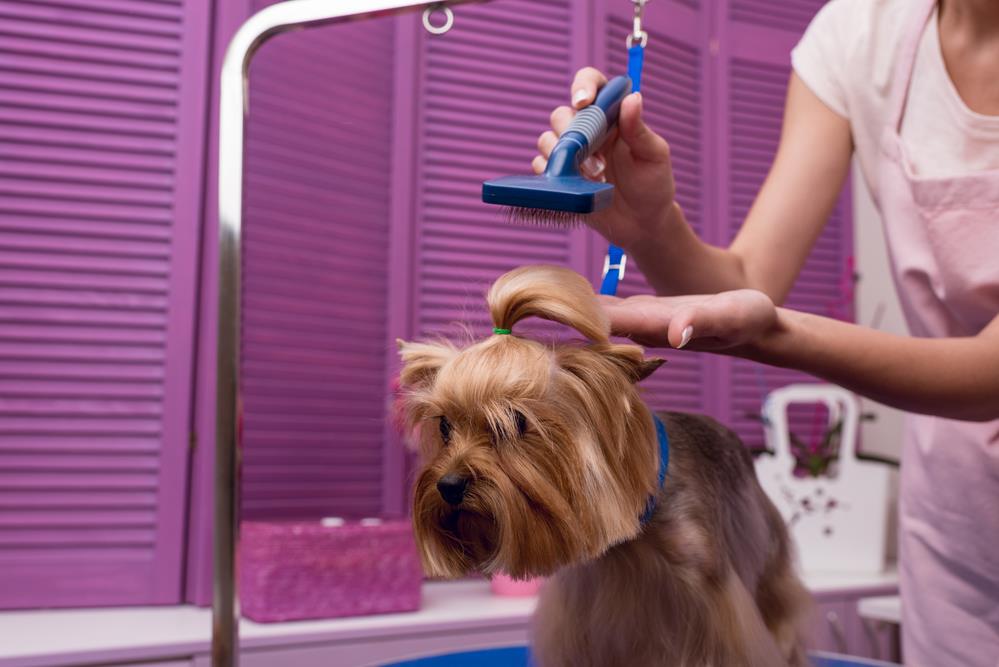
Grooming Techniques and Products to Maintain Skin and Coat Health
- Brushing: Regular brushing is essential to remove dead skin cells and promote skin health. Use a brush appropriate for your pet’s hair length and texture.
- Bathing: Use a mild shampoo specifically designed for pets to prevent skin dryness and irritation.
- Nutrition: A balanced diet contributes to a healthy coat. The right nutrients, including omega-3 and omega-6 fatty acids, are vital for maintaining skin and coat health.
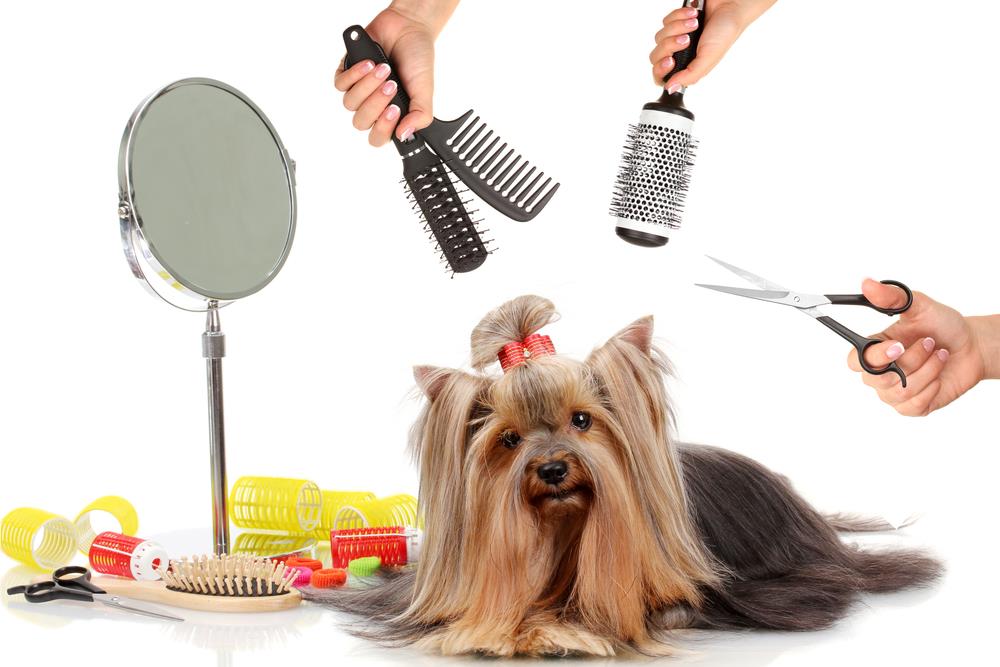
In conclusion, regular grooming is an essential practice for the maintenance of your pet’s skin and coat health. It’s not just about aesthetics, but ensuring their overall well-being.
Role of Nutrition in Promoting Healthy Skin and Coat
Just as a balanced diet is crucial for human health, it’s equally vital for our pets’ skin and coat health. A well-balanced diet rich in specific nutrients can significantly improve your pet’s skin and coat condition, making them healthier and more resilient.
Key Nutrients for Maintaining Skin and Coat Health
Two primary nutrients play a crucial role in maintaining your pet’s skin and coat health: Omega-3 and Omega-6 fatty acids. According to the RSPCA, these nutrients help to protect your pet’s skin, keep their coat shiny, and support overall health.
Other essential nutrients include vitamins A, B, and E, zinc, and biotin. These contribute to skin cell regeneration, coat colour vibrancy, and protection against skin infections.
How a Balanced Diet Contributes to Healthy Skin and Coat
A balanced diet provides all the necessary nutrients your pet needs for optimal health. It ensures your pet gets the right amounts of proteins, fats, vitamins, and minerals, which are essential for skin and coat health. Regularly feeding your pet with such a diet can result in a shiny, healthy coat and resilient skin.
When Should You Seek Veterinary Help?
If your pet is experiencing skin and coat problems, it’s vital not to overlook these signs. Regular grooming allows you to notice changes in your pet’s skin and coat health, such as excessive shedding, bald patches, redness, sores, lumps or changes in coat texture. Persistent itching, licking, or scratching are also indicators that it’s time to seek professional help.
What to Expect During the Vet Visit?
Your vet will conduct a comprehensive physical examination to diagnose the cause of the skin and coat issues. This could involve skin scrapings, hair pluck tests, allergy testing, or bloodwork. They’ll also ask about your pet’s diet, lifestyle and grooming habits to identify potential triggers. Expect personalised advice on appropriate treatments and preventive measures.
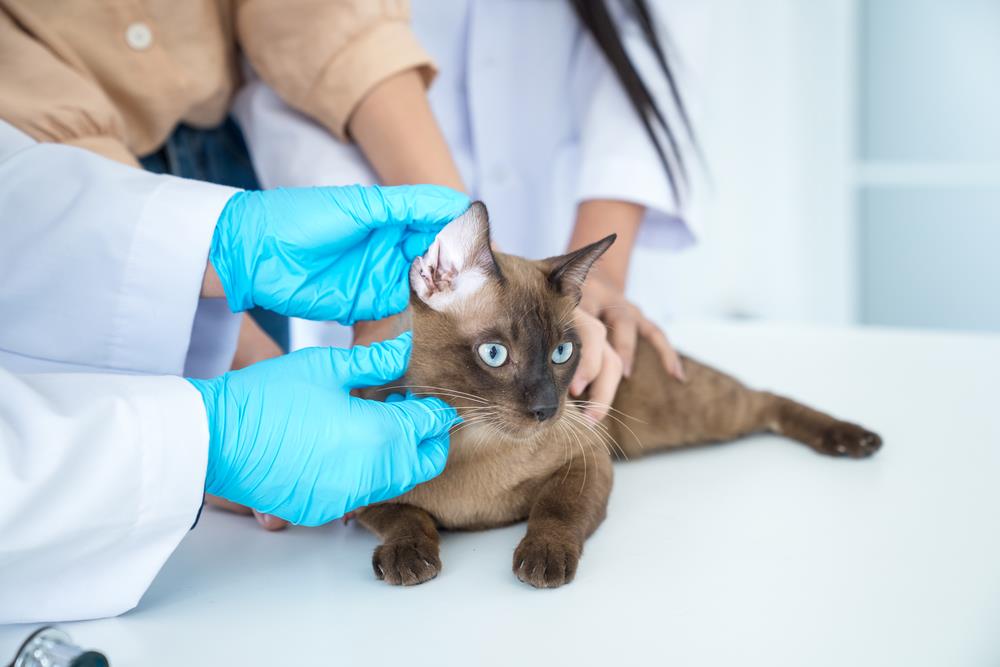
Conclusion: A Regimen for Robust Pet Skin and Coat Health
In the interest of your pet’s well-being, it’s pivotal to appreciate the essential signals that their skin and coat may be communicating. As we’ve explored, these can be critical indicators of their overall health. The RSPCA Australia provides a wealth of information on this topic.
Your pet’s skin and coat require consistent care and observation. Recognising changes early allows for timely intervention, potentially preventing serious health issues. A balanced diet, regular grooming, and protection against parasites are all vital aspects of effective routine care.
By integrating these proactive measures, you’re not just maintaining your pet’s skin and coat health; you’re fostering their overall vitality. In conclusion, your pet’s skin and coat are more than just their outer layer – they are an essential aspect of their health that merits your undivided attention.


